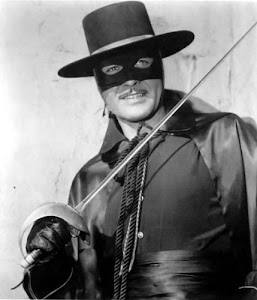 McLaren defines a machine as, a complex creation of human beings that harnesses energy to achieve a desire. (54) He identified three machines that, combined, make up society. These three machines are: 1) The Prosperity System – This machine is designed to make us happy by fulfilling our desires for comfort and fulfillment. It provides products for us to consume, for the purpose of making us happy. (55) However, having things which make us happy always brings with it the danger that someone else might try to take those things away, which necessitates the second subsystem:
McLaren defines a machine as, a complex creation of human beings that harnesses energy to achieve a desire. (54) He identified three machines that, combined, make up society. These three machines are: 1) The Prosperity System – This machine is designed to make us happy by fulfilling our desires for comfort and fulfillment. It provides products for us to consume, for the purpose of making us happy. (55) However, having things which make us happy always brings with it the danger that someone else might try to take those things away, which necessitates the second subsystem:2) The Security System – This machine is designed to protect our Prosperity System from those who would interfere with it. It involves police and military, weapons, personnel and training for those personnel. These systems are very expensive to maintain, partly because those who would interfere with our Prosperity System are constantly developing new ways to subvert the Security System. (55) Since this subsystem is so expensive, the costs of implementation and maintenance must be spread across the board so that no one person absorbs too much of the burden. This demands a third subsystem:
3) The Equity System – This machine works not only to fund the Security System, but to grow and develop the Prosperity System. The Equity System has four main tools: 1) It develops and enforces laws designed to keep people from encroaching on one another’s freedoms; 2) It levies taxes to pay for all three systems; 3) It establishes or protects the press and court systems to expose and address inequities; 4) Charities and NGO’s (non-governmental organizations) arise to alleviate suffering when the first three tools fail. (56)
These three systems work cooperatively and interdependently, and together comprise the societal machine. McLaren is careful to point out that the societal machine does not exist in isolation, but is part of a bigger system, and it is failing to understand that interdependence that causes the system to go suicidal. (58)
Can you relate to society described as three interdependent machines? If not, how would you describe it better?




No comments:
Post a Comment